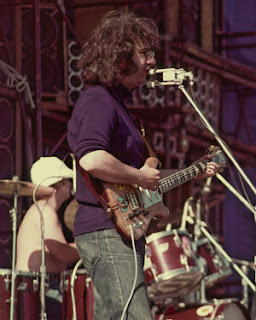Here's the vid:
https://www.youtube.com/watch?v=AaTZkIInYNw
Note that each mic stand has TWO mics on it- second taped to the first. I am thinking the first was for the PA, the second one was fed to the recording console? I have seen this on other vids from the same era, but not recently. Do any pros still use that (presumed) mic techniques?
Oh, and boy, what a runt Ronnie Van Zant was, eh? A full head shorter than everyone else! What a bunch of southern rednecks!
https://www.youtube.com/watch?v=AaTZkIInYNw
Note that each mic stand has TWO mics on it- second taped to the first. I am thinking the first was for the PA, the second one was fed to the recording console? I have seen this on other vids from the same era, but not recently. Do any pros still use that (presumed) mic techniques?
Oh, and boy, what a runt Ronnie Van Zant was, eh? A full head shorter than everyone else! What a bunch of southern rednecks!

Last edited:


